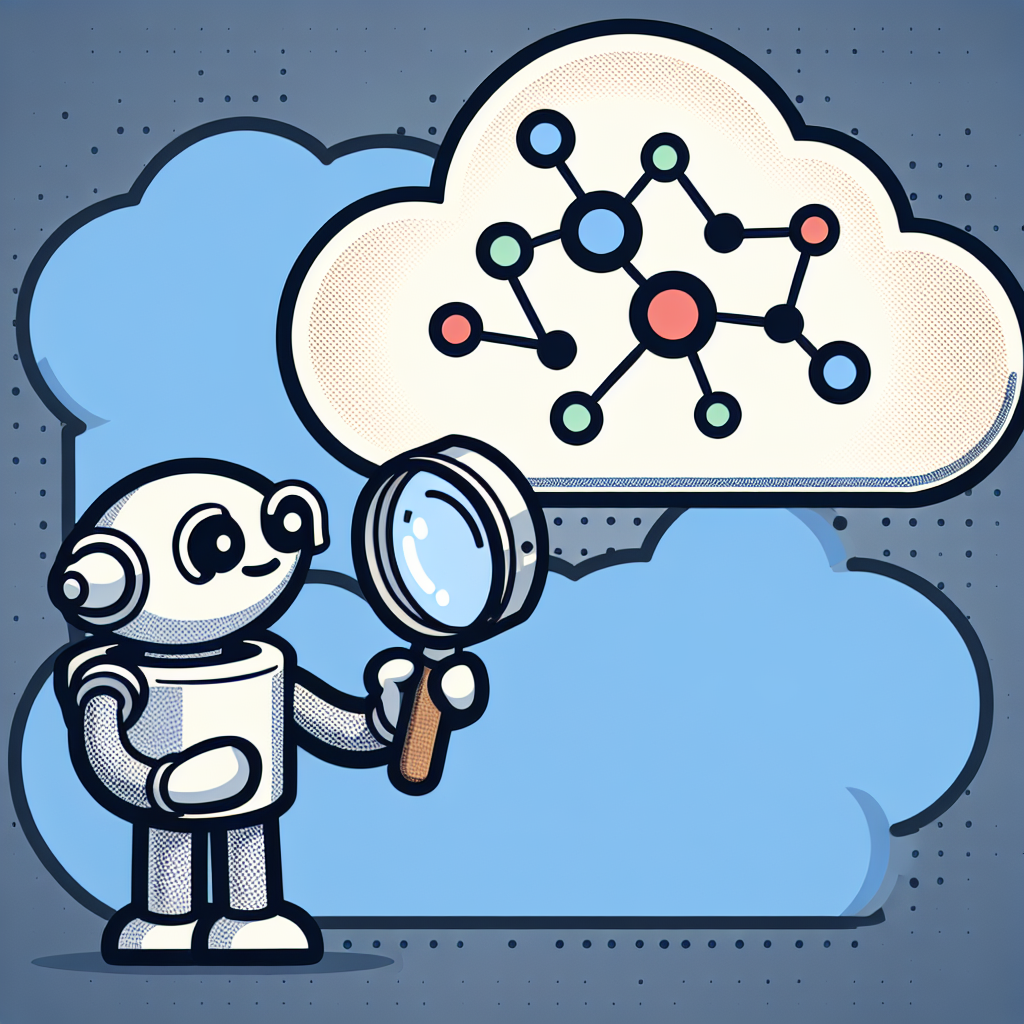In today’s digital age, businesses are increasingly relying on cloud computing to store and process data. This shift to the cloud offers numerous benefits, such as increased flexibility, scalability, and cost-efficiency. However, with the rise of cloud computing comes new challenges, such as ensuring the security and integrity of data stored in the cloud.
One of the key security concerns for businesses utilizing the cloud is the detection of anomalies in data. Anomalies can indicate potential security threats, data breaches, or system failures. Traditional methods of anomaly detection rely on manual analysis and rule-based systems, which can be time-consuming and prone to human error. This is where Artificial Intelligence (AI) comes in.
AI-powered anomaly detection leverages machine learning algorithms to automatically identify patterns and deviations in data that may indicate anomalies. By analyzing large volumes of data in real-time, AI can detect anomalies more quickly and accurately than traditional methods. In the cloud, AI-powered anomaly detection can help businesses proactively identify and respond to potential security threats, ensuring the integrity of their data and systems.
There are several ways in which AI can be leveraged for anomaly detection in the cloud:
1. Unsupervised Machine Learning: Unsupervised machine learning algorithms, such as clustering and outlier detection, can be used to detect anomalies in cloud data. These algorithms analyze data without the need for labeled training data, making them well-suited for detecting unknown anomalies.
2. Time Series Analysis: Time series analysis is a common technique used for detecting anomalies in sequential data, such as system logs or network traffic. AI algorithms can analyze patterns in time series data to identify deviations that may indicate anomalies.
3. Deep Learning: Deep learning algorithms, such as neural networks, can be used to detect anomalies in complex and high-dimensional data. These algorithms can learn complex patterns and relationships in data, making them effective for detecting anomalies in diverse cloud environments.
4. Anomaly Detection in Multi-Cloud Environments: Many businesses utilize multiple cloud providers for their data storage and processing needs. AI-powered anomaly detection can be used to monitor data across multiple cloud environments and identify anomalies that may span different platforms.
By leveraging AI for anomaly detection in the cloud, businesses can enhance their security posture and mitigate potential risks. AI can help businesses detect anomalies in real-time, reduce false positives, and improve overall efficiency in anomaly detection processes.
FAQs:
Q: How does AI-powered anomaly detection work in the cloud?
A: AI-powered anomaly detection in the cloud works by analyzing large volumes of data using machine learning algorithms. These algorithms learn patterns in the data and identify deviations that may indicate anomalies. By continuously monitoring data in real-time, AI can detect anomalies more quickly and accurately than traditional methods.
Q: What are the benefits of leveraging AI for anomaly detection in the cloud?
A: The benefits of leveraging AI for anomaly detection in the cloud include improved accuracy, real-time detection, scalability, and efficiency. AI can help businesses proactively identify and respond to potential security threats, ensuring the integrity of their data and systems.
Q: How can businesses implement AI-powered anomaly detection in the cloud?
A: Businesses can implement AI-powered anomaly detection in the cloud by partnering with AI vendors or building their own AI models. They can integrate AI algorithms into their cloud environments and configure them to monitor data and detect anomalies. Additionally, businesses can leverage cloud-based AI services for anomaly detection.
Q: What are some challenges of implementing AI-powered anomaly detection in the cloud?
A: Some challenges of implementing AI-powered anomaly detection in the cloud include data privacy concerns, data integration issues, and the need for specialized AI expertise. Businesses must ensure that their AI models comply with data privacy regulations and effectively integrate with their cloud environments. Additionally, businesses may need to invest in training their staff or hiring AI experts to effectively implement AI-powered anomaly detection.
In conclusion, leveraging AI for anomaly detection in the cloud can help businesses enhance their security posture, mitigate risks, and ensure the integrity of their data. By utilizing machine learning algorithms, time series analysis, deep learning, and other AI techniques, businesses can proactively detect anomalies in real-time and respond quickly to potential threats. With the increasing adoption of cloud computing, AI-powered anomaly detection is becoming a critical tool for businesses to safeguard their data and systems in the digital age.

